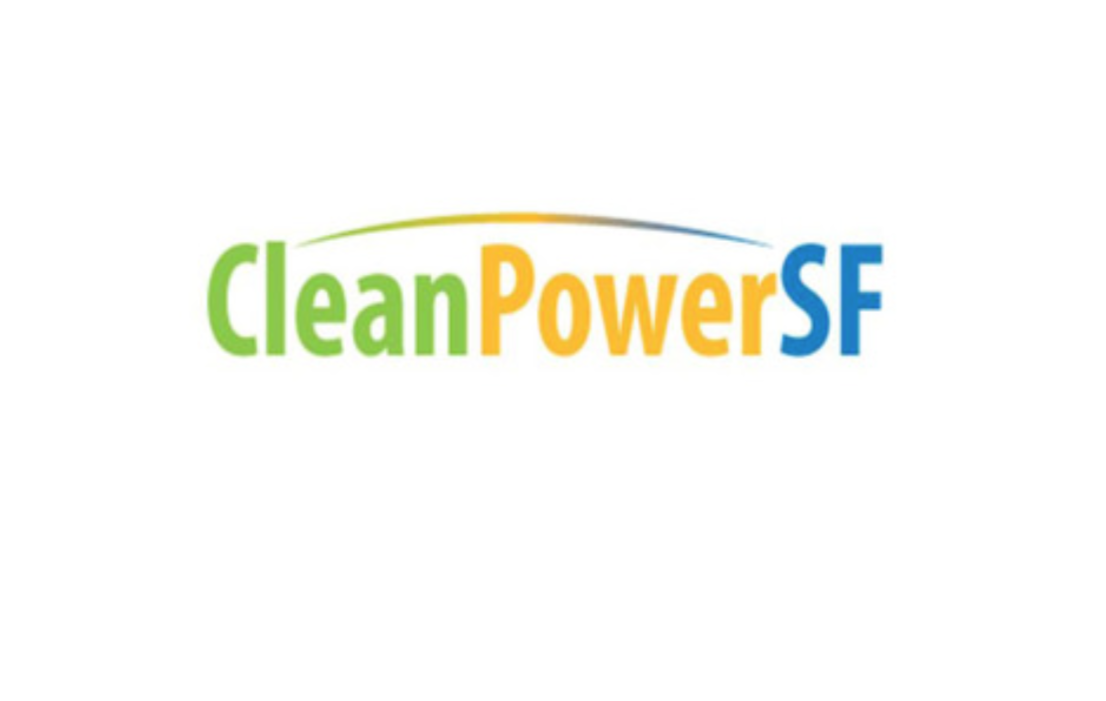SAN FRANCISCO—On Thursday, July 16, the Civil Grand Jury released a report explaining why it has taken over a decade to implement CleanPowerSF.
CleanPowerSF is a Community Choice Aggregation (CCA) program managed by the San Francisco Public Utilities Commission (SFPUC).
California adopted the CCA system in 2002 in order to allow local governments to implement alternative energy sources for their residents. The city of San Francisco adopted the CCA program in 2004. In 2007, the CleanPowerSF Implementation Plan was announced.
The program aims to reduce greenhouse gas emissions in San Francisco and increase energy from green sources. Alternative energy comes from renewable sources such as rain, wind, and sunlight, which are converted to energy with the use of windmills, dams, and solar panels.
Among its other stated goals, it called for a 150-megawatt regional wind facility within three years, and a 51 percent renewable energy portfolio within 10 years.
These goals have not yet been achieved, in part due to financial difficulties.
After one energy supplier’s bid fell through in 2010, the city decided to negotiate with Shell Energy North America, or SENA, to execute the plan. The decision was controversial amongst a number of environmental groups, as Shell had been involved in pollution disputes, including the incident in the Niger-Delta area of Nigeria where the company’s oil spills became an environmental hazard.
The Civil Grand Jury states that the delays have been due to political reasons. Their report explains that “stakeholders disagreed over how to define ‘green’ power and where to acquire it, whether it would be provided at rates that all could afford, and the extent to which the program would provide jobs in the local community.”
CleanPowerSF is slated to officially launch by January 2016. Rates for services are predicted to be economically competitive with the current rates. Consumers have the right to opt out of the program.
San Francisco’s current electricity supplier, Pacific Gas & Electric (PG&E) has so far not met California’s RPS (Renewable Portfolio Standard), which aims for an increase in renewable energy use to 33 percent of the total by 2020.






